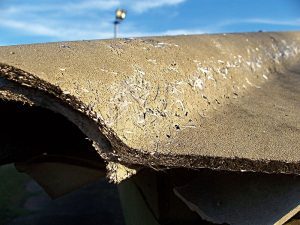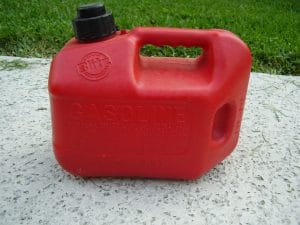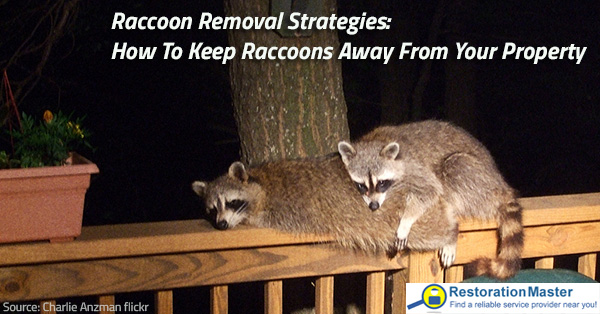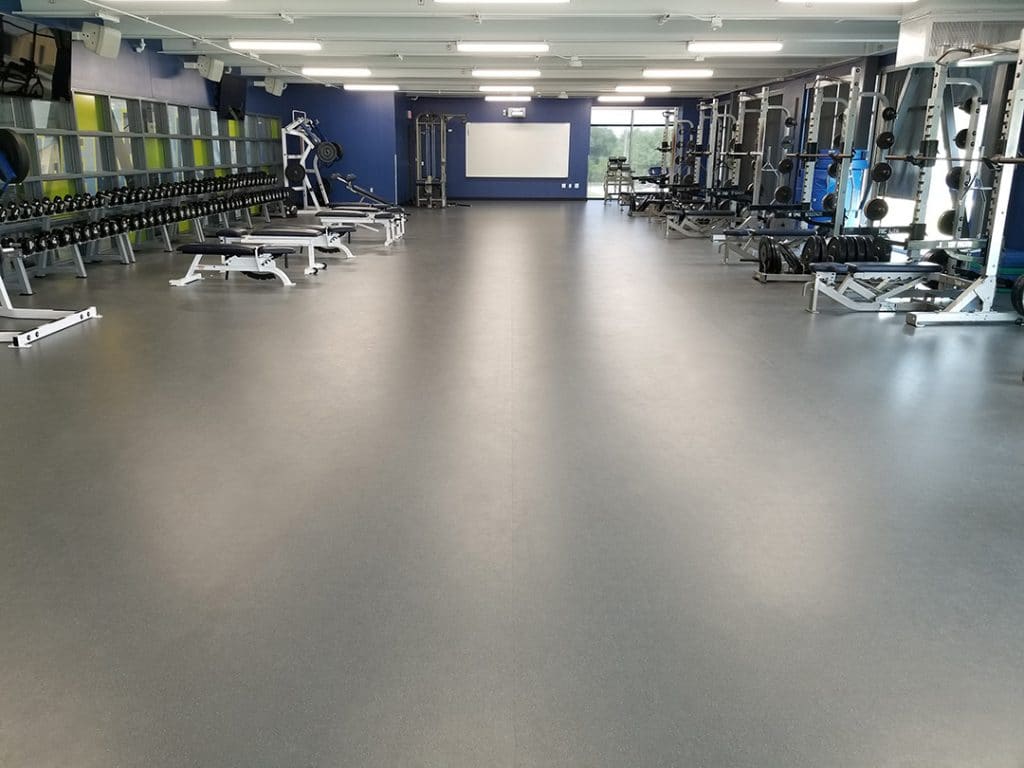3 Hazards You Haven’t Thought of In Your Home
When we think of our homes, we think of a sanctuary, a place where you’re able to relax and enjoy time with family and friends. However, in all homes, there are many different toxins that surround us, from common household items to building materials utilized in the framework. Regardless of the state a home is in–brand new, renovated, or in an older condition–it’s important to be cognizant of the hazards that can be in your home. In this guide we highlight a few home toxins that can have adverse health effects on individuals.
Here are 3 hazards you haven’t thought about in your home:
1. Polyvinyl Chloride Plastics (PVC)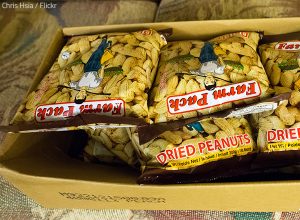
Polyvinyl Chloride (PVC)Polyvinyl chloride (PVC) is a durable plastic material commo... More, often referred to as vinylVinyl is a durable synthetic plastic material commonly used ... More, is the most widely used chlorinated plastic polymer in the US, with more than 14 billion pounds produced annually. Readily available and inexpensive, this type of plastic is commonly used in construction with building materials for homes. Besides construction, PVCs are used to make upholstery, housewares, shower curtains, food packaging, and much more.
During its lifecycle, vinylVinyl is a durable synthetic plastic material commonly used ... More releases some of the most toxic chemicals that have been linked to cancer, birth defects, and other serious chronic diseases. They’re recognized as one of the most toxic plastics because they can leak harmful additives during use and disposal, and even more so when they’re burned and buried. PVCs are a difficult material to recycle, meaning that items thrown away with this chemical end up in landfills a majority of the time and can leach into the ground and surrounding environment.
Due to the plastic durability, many products and toys marketed for children contain unhealthy amounts of PVC. This poses significant threat to families because children are more likely to place toys in their mouths, which can then release PVCs from the item. Recent testing has shown that children can ingest harmful chemicals from PVC during toy use, which can leadLead is a heavy metal that can be toxic to humans, especiall... More to health complications. Families should seek toys and consumer products that are labeled “PVC free.”
2. Asbestos
Because it’s found in most older homes and buildings built before 1970, asbestos is important for homeowners to be aware of. Incorporated into building materials to make products durable and heat resistant, asbestos has been a prevalent problem for decades because inhalation or ingestion of this toxic substance can create a variety of health and lung problems.
Exposure is a growing concern since older homes are undergoing renovations and other remodeling projects. With home renovations, asbestos fibers can be disturbed while doing any kind of work involving removing, tearing down, or building. Before conducting any type of do it yourself or DIY work, ensure your home is properly inspected for asbestos by a licensed professional, and check for other toxins such as moldMold is a type of fungus that grows in damp or humid conditi... More that may be hiding in your walls.
While trade fields such as construction and demolition are aware of the risks of coming into contact with this toxin on the job, asbestos has been found in a variety of common household products and items that unknowingly leaves families at risk for severe sickness. In recent years, asbestos has been discovered in baby powder, children’s makeup, and crayons. Even small amounts of asbestos fibers in the body can develop into dangerous lung conditions such as mesothelioma cancer, which can take years to detect in the body because it’s commonly associated with other less serious illnesses. Because asbestos can easily contaminate consumer products, families should stay up to date with the latest product recalls and utilize databases that can allocate whether products are safe for individuals.
Volatile Organic Compounds
Emitted as gases from certain solids or liquids, Volatile Organic Compounds (VOCs) include a variety of chemicals. Both indoors and outdoors, VOCs are evaporated into gases at room temperature or warmer and can be found in many areas of the home. These chemicals can be dangerous alone but may pose a larger threat if other chemicals are also in the home and react with them to become more potent. While they can be released naturally from burning fuel such as gasoline, coal, or natural gasNatural gas is a flammable fossil fuel composed mainly of me... More, VOCs arise from several consumer products and can have detrimental health effects.
Used in construction materials such as paint, varnishes, and flooring, VOCs can be located in a magnitude of products included while building or renovating a home. Furniture, deodorants, and air fresheners are also common household items that will release VOCs. Short term exposure can affect the eyes, nose, and throat, causing difficulty breathing and nausea. Long term exposure to large amounts of VOCS has been shown to increase respiratory diseases, cancer risks, and central nervous system damage.
While VOCs are hard to avoid, it’s easy to mitigateTo mitigate is to reduce or limit the severity of damage, ri... More harmful amounts of exposure to ensure a safe level of air quality in the home. Avoiding harsh chemical cleaners or purchasing products labeled “low VOCs” will reduce the number of toxins released into the air. Another helpful idea is to store things such as paint and fuel far away from your living space. The EPA suggests improving ventilationVentilation is the process of exchanging or circulating air ... More within the home and bringing in fresh air to lower the concentration of indoor air pollutants. Not only will it keep air circulating in and around your home, but it can also aid with regulating indoor temperature and saving energy.
Creating a Safer Home
While there is potential for hazards in the home and around us constantly, it’s important to pinpoint toxins and chemicals that can leadLead is a heavy metal that can be toxic to humans, especiall... More to serious health issues for individuals and families and try to alleviate them. Having your home properly checked, transitioning to greener products, and becoming more aware of risks and symptoms can decrease the number of toxins found in your living space.
Natural Disasters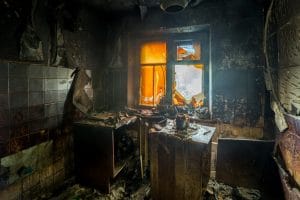
Regarding other hazards, such as disasters, smoke and sootSoot is fine black particles composed of carbon and other ma... More have the ability to trigger a number of allergic and respiratory issues, such as watery eyes and a lot of coughing. The effects of water damage will create the perfect conditions for moldMold is a type of fungus that grows in damp or humid conditi... More growth over time. MoldMold is a type of fungus that grows in damp or humid conditi... More will also trigger a number of allergies and respiratory issues, and even long-term health effects.
Having a restorationRestoration is the process of returning a property to its pr... More company remove these remnants from the home as well as restore it to its original condition is crucial, not only for the sake of the building structureStructure refers to the framework or components of a buildin... More but for your personal safety. Don’t hesitate to reach out to a licensed, experienced restorationRestoration is the process of returning a property to its pr... More company near you. Many are available 24/7.










